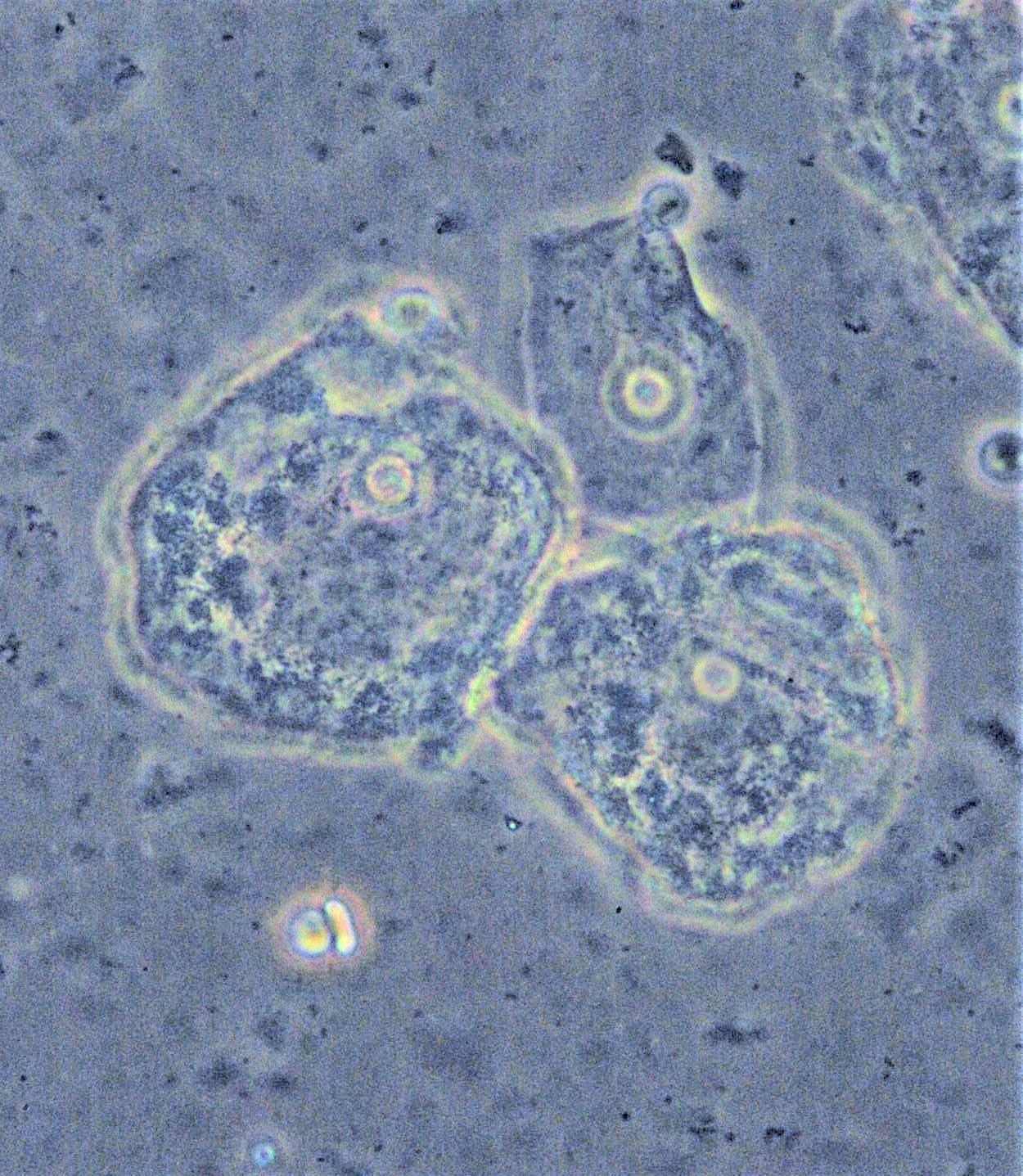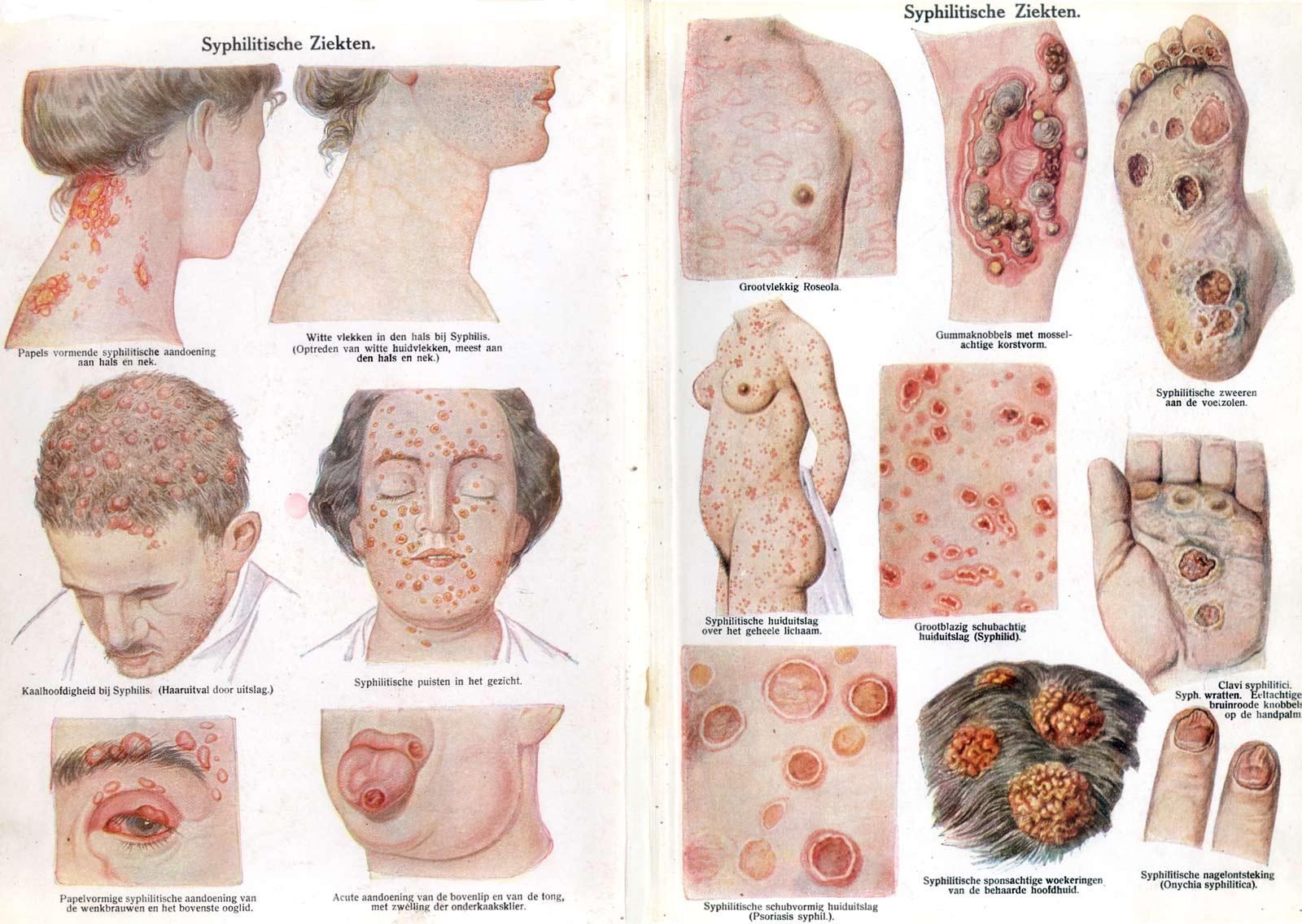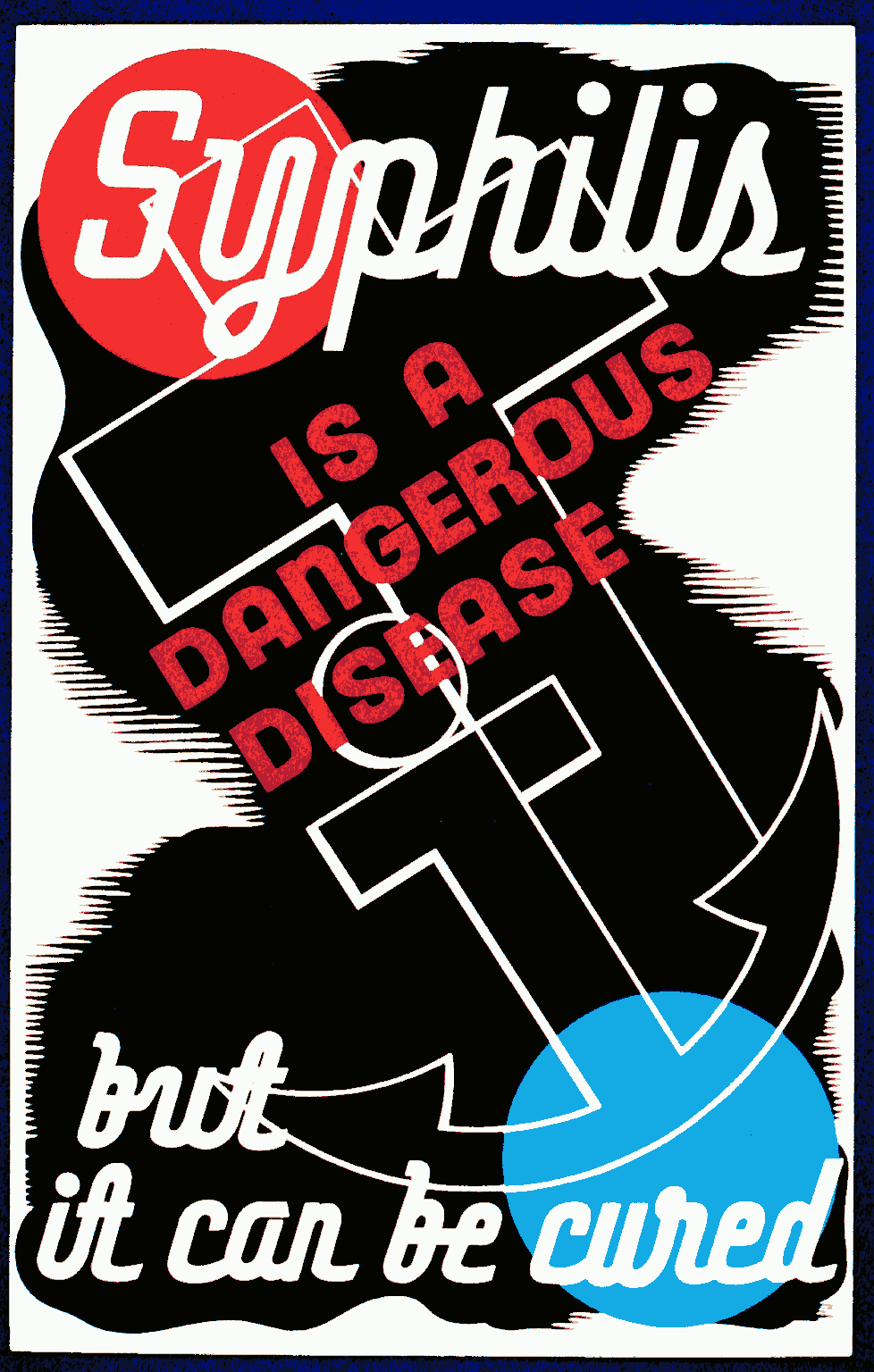|
Mycoplasma Hominis
''Mycoplasma hominis'' is a species of bacteria in the genus ''Mycoplasma''. ''M.hominis'' has the ability to penetrate the interior of human cells. Along with ureaplasmas, mycoplasmas are the smallest free-living organisms known. They have no cell wall and therefore do not Gram stain. ''Mycoplasma hominis'' is associated with pelvic inflammatory disease and bacterial vaginosis. It is also associated with male infertility. This species causes a sexually transmitted disease. It is susceptible to the antibiotic clindamycin. Growth of "fried egg" colonies on glucose agar medium within 24–48 hours is a characteristic of ''Mycoplasma hominis''. This pathogen may latently infect the chorionic villi tissues of pregnant women, thereby impacting pregnancy outcome. Biology and biochemistry Type and morphology ''Mycoplasma hominis'' is an opportunistic human mycoplasma species residing in the lower urogenital tract. It is a common human urogenital Mycoplasma species that lacks a ce ... [...More Info...] [...Related Items...] OR: [Wikipedia] [Google] [Baidu] |
Mycoplasma
''Mycoplasma'' is a genus of bacteria that, like the other members of the class ''Mollicutes'', lack a cell wall around their cell membranes. Peptidoglycan (murein) is absent. This characteristic makes them naturally resistant to antibiotics that target cell wall synthesis (like the beta-lactam antibiotics). They can be parasitic or saprotrophic. Several species are pathogenic in humans, including '' M. pneumoniae'', which is an important cause of "walking" pneumonia and other respiratory disorders, and '' M. genitalium'', which is believed to be involved in pelvic inflammatory diseases. ''Mycoplasma'' species (like the other species of the class ''Mollicutes'') are among the smallest organisms yet discovered, can survive without oxygen, and come in various shapes. For example, ''M. genitalium'' is flask-shaped (about 300 x 600 nm), while ''M. pneumoniae'' is more elongated (about 100 x 1000 nm), many ''Mycoplasma'' species are coccoid. Hundreds of ''Mycoplasma'' species i ... [...More Info...] [...Related Items...] OR: [Wikipedia] [Google] [Baidu] |
Sexually Transmitted Disease
Sexually transmitted infections (STIs), also referred to as sexually transmitted diseases (STDs) and the older term venereal diseases, are infections that are spread by sexual activity, especially vaginal intercourse, anal sex, and oral sex. STIs often do not initially cause symptoms, which results in a risk of passing the infection on to others. Symptoms and signs of STIs may include vaginal discharge, penile discharge, ulcers on or around the genitals, and pelvic pain. Some STIs can cause infertility. Bacterial STIs include chlamydia, gonorrhea, and syphilis. Viral STIs include genital herpes, HIV/AIDS, and genital warts. Parasitic STIs include trichomoniasis. STI diagnostic tests are usually easily available in the developed world, but they are often unavailable in the developing world. Some vaccinations may also decrease the risk of certain infections including hepatitis B and some types of HPV. Safe sex practices, such as use of condoms, having a smaller n ... [...More Info...] [...Related Items...] OR: [Wikipedia] [Google] [Baidu] |
Bacterial Vaginosis
Bacterial vaginosis (BV) is a disease of the vagina caused by excessive growth of bacteria. Common symptoms include increased vaginal discharge that often smells like fish. The discharge is usually white or gray in color. Burning with urination may occur. Itching is uncommon. Occasionally, there may be no symptoms. Having BV approximately doubles the risk of infection by a number of sexually transmitted infections, including HIV/AIDS. It also increases the risk of early delivery among pregnant women. BV is caused by an imbalance of the naturally occurring bacteria in the vagina. There is a change in the most common type of bacteria and a hundred to thousand fold increase in total numbers of bacteria present. Typically, bacteria other than ''Lactobacilli'' become more common. Risk factors include douching, new or multiple sex partners, antibiotics, and using an intrauterine device, among others. However, it is not considered a sexually transmitted infection and, unlike gonorrh ... [...More Info...] [...Related Items...] OR: [Wikipedia] [Google] [Baidu] |
Infections With A Predominantly Sexual Mode Of Transmission
Sexually transmitted infections (STIs), also referred to as sexually transmitted diseases (STDs) and the older term venereal diseases, are infections that are Transmission (medicine), spread by Human sexual activity, sexual activity, especially Sexual intercourse, vaginal intercourse, anal sex, and oral sex. STIs often do not initially cause symptoms, which results in a risk of passing the infection on to others. Symptoms and signs of STIs may include vaginal discharge, penile discharge, genital ulcers, ulcers on or around the genitals, and pelvic pain. Some STIs can cause infertility. Bacterial STIs include Chlamydia infection, chlamydia, gonorrhea, and syphilis. Viral STIs include genital herpes, HIV/AIDS, and genital warts. Parasitic STIs include trichomoniasis. STI diagnostic tests are usually easily available in the developed world, but they are often unavailable in the developing world. Some vaccinations may also decrease the risk of certain infections including Hepa ... [...More Info...] [...Related Items...] OR: [Wikipedia] [Google] [Baidu] |
Pathogenic Bacteria
Pathogenic bacteria are bacteria that can cause disease. This article focuses on the bacteria that are pathogenic to humans. Most species of bacteria are harmless and are often Probiotic, beneficial but others can cause infectious diseases. The number of these pathogenic species in humans is estimated to be fewer than a hundred. By contrast, several thousand species are part of the gut flora present in the digestive tract. The body is continually exposed to many species of bacteria, including beneficial commensals, which grow on the skin and mucous membranes, and saprophytes, which grow mainly in the soil and in decomposition, decaying matter. The blood and tissue fluids contain nutrients sufficient to sustain the growth of many bacteria. The body has defence mechanisms that enable it to resist microbial invasion of its tissues and give it a natural immune system, immunity or innate immunity, innate resistance against many microorganisms. Pathogenic bacteria are specially adapt ... [...More Info...] [...Related Items...] OR: [Wikipedia] [Google] [Baidu] |
Sexually Transmitted Diseases And Infections
Sexually transmitted infections (STIs), also referred to as sexually transmitted diseases (STDs) and the older term venereal diseases, are infections that are spread by sexual activity, especially vaginal intercourse, anal sex, and oral sex. STIs often do not initially cause symptoms, which results in a risk of passing the infection on to others. Symptoms and signs of STIs may include vaginal discharge, penile discharge, ulcers on or around the genitals, and pelvic pain. Some STIs can cause infertility. Bacterial STIs include chlamydia, gonorrhea, and syphilis. Viral STIs include genital herpes, HIV/AIDS, and genital warts. Parasitic STIs include trichomoniasis. STI diagnostic tests are usually easily available in the developed world, but they are often unavailable in the developing world. Some vaccinations may also decrease the risk of certain infections including hepatitis B and some types of HPV. Safe sex practices, such as use of condoms, having a smaller number of s ... [...More Info...] [...Related Items...] OR: [Wikipedia] [Google] [Baidu] |
List Of Bacterial Vaginosis Microbiota
Bacterial vaginosis is caused by an imbalance of the naturally occurring bacteria in the vagina. The normally predominant species of ''Lactobacilli'' are markedly reduced. This is the list of organisms that are found in the vagina that are associated with bacterial vaginosis, an infectious disease of the vagina caused by excessive growth of specific bacteria. The census and relationships among the microbiota are altered in BV resulting in a complex bacterial milieu. Some species have been identified relatively recently. Having infections with the listed pathogens increases the risk of acquiring other sexually transmitted infections including HIV/AIDS. Microbiota *'' Actinobacteria'' spp * '' Actinomyces naeslundii'' * ''Aggregatibacter actinomycetemcomitans'' * '' Anaerococcus'' spp *'' Atopobium vaginae'' * '' Bacteroides ureolyticus'' * '' Bifidobacterium'' spp * '' Clostridiales'' spp * '' Collinsella aerofaciens'' * '' Eggerthella lenta'' *'' Eggerthella'' spp * ''Eubac ... [...More Info...] [...Related Items...] OR: [Wikipedia] [Google] [Baidu] |
Vaginal Disease
A vaginal disease is a pathological condition that affects part or all of the vagina. Types Sexually transmitted infections Sexually transmitted disease that affect the vagina include: *Herpes genitalis. The herpes simplex virus (HSV) can infect the vulva, vagina, and cervix, and this may result in small, painful, recurring blisters and ulcers. It is also common for there to be an absence of any noticeable symptoms. *Gonorrhea *Chlamydia *Trichomoniasis *Human papillomavirus (HPV), which may cause genital warts. Because of STIs, health authorities and other health outlets recommend safe sex practices when engaging in sexual activity. Other infectious diseases * Candidal vulvovaginitis *Bacterial vaginosis (BV) associated with the ''Gardnerella'', formerly called "nonspecific vaginitis" Vaginismus Vaginismus, which is not the same thing as vaginitis (an inflammation of the vagina), is an involuntary tightening of the vagina due to a conditioned reflex of the muscles in the area ... [...More Info...] [...Related Items...] OR: [Wikipedia] [Google] [Baidu] |
Vaginal Infection
Vaginitis, also known as vulvovaginitis, is inflammation of the vagina and vulva. Symptoms may include itching, burning, pain, discharge, and a bad smell. Certain types of vaginitis may result in complications during pregnancy. The three main causes are infections, specifically bacterial vaginosis, vaginal yeast infection, and trichomoniasis. Other causes include allergies to substances such as spermicides or soaps or as a result of low estrogen levels during breast-feeding or after menopause. More than one cause may exist at a time. The common causes vary by age. Prepubescent girls are often at risk for development of vulvovaginitis because of low amounts of estrogen and an underdeveloped labia minora. Diagnosis generally include examination, measuring the pH, and culturing the discharge. Other causes of symptoms such as inflammation of the cervix, pelvic inflammatory disease, cancer, foreign bodies, and skin conditions should be ruled out. Treatment depends on the und ... [...More Info...] [...Related Items...] OR: [Wikipedia] [Google] [Baidu] |
Gram Stain
In microbiology and bacteriology, Gram stain (Gram staining or Gram's method), is a method of staining used to classify bacterial species into two large groups: gram-positive bacteria and gram-negative bacteria. The name comes from the Danish bacteriologist Hans Christian Gram, who developed the technique in 1884. Gram staining differentiates bacteria by the chemical and physical properties of their cell walls. Gram-positive cells have a thick layer of peptidoglycan in the cell wall that retains the primary stain, crystal violet. Gram-negative cells have a thinner peptidoglycan layer that allows the crystal violet to wash out on addition of ethanol. They are stained pink or red by the counterstain, commonly safranin or fuchsine. Lugol's iodine solution is always added after addition of crystal violet to strengthen the bonds of the stain with the cell membrane. Gram staining is almost always the first step in the preliminary identification of a bacterial organism. While Gram s ... [...More Info...] [...Related Items...] OR: [Wikipedia] [Google] [Baidu] |
Ureaplasma
''Ureaplasma'' is a genus of bacteria belonging to the family Mycoplasmataceae. As the name imples, ''Ureaplasma'' is urease positive. Phylogeny The currently accepted taxonomy is based on the List of Prokaryotic names with Standing in Nomenclature (LPSN) and National Center for Biotechnology Information (NCBI) See also * List of bacterial orders * List of bacteria genera This article lists the genera of the bacteria. The currently accepted taxonomy is based on the List of Prokaryotic names with Standing in Nomenclature (LPSN) and National Center for Biotechnology Information (NCBI). However many taxonomic names are ... References External linksUreaplasma Infection: eMedicine Infectious Diseases Bacteria genera {{Bacteria-stub ... [...More Info...] [...Related Items...] OR: [Wikipedia] [Google] [Baidu] |
Genitourinary System
The genitourinary system, or urogenital system, are the organs of the reproductive system and the urinary system. These are grouped together because of their proximity to each other, their common embryological origin and the use of common pathways, like the male urethra. Also, because of their proximity, the systems are sometimes imaged together. The term "apparatus urogenitalis" was used in ''Nomina Anatomica'' (under Splanchnologia) but is not used in the current ''Terminologia Anatomica''. Development The urinary and reproductive organs are developed from the intermediate mesoderm. The permanent organs of the adult are preceded by a set of structures that are purely embryonic and that, with the exception of the ducts, disappear almost entirely before the end of fetal life. These embryonic structures are on either side: the pronephros, the mesonephros and the metanephros of the kidney, and the Wolffian and Müllerian ducts of the sex organ. The pronephros disappears very ea ... [...More Info...] [...Related Items...] OR: [Wikipedia] [Google] [Baidu] |





